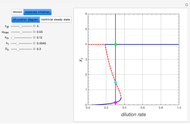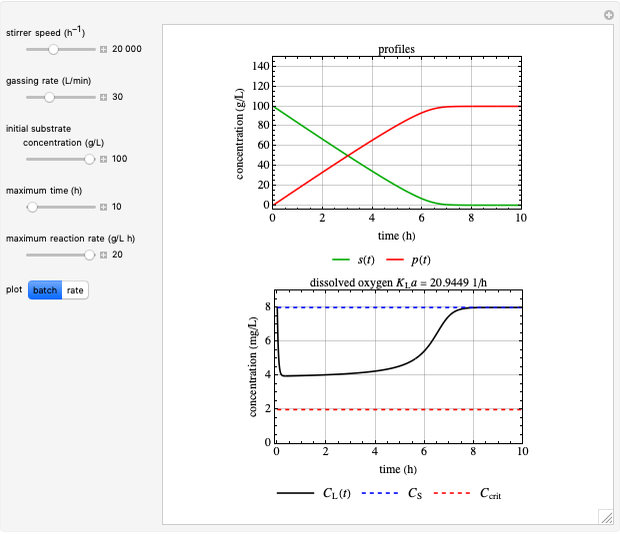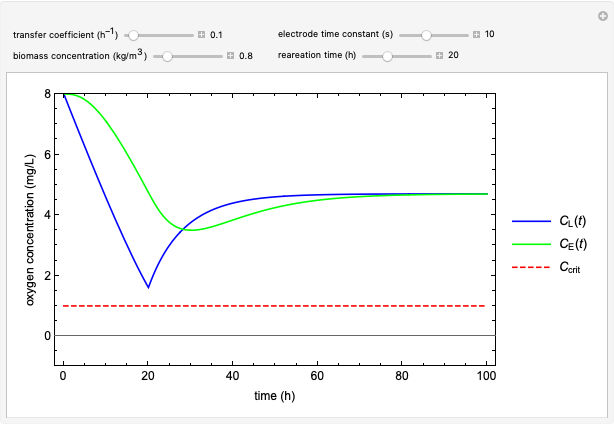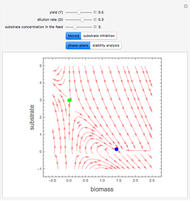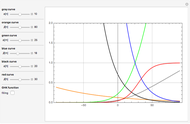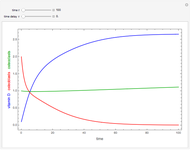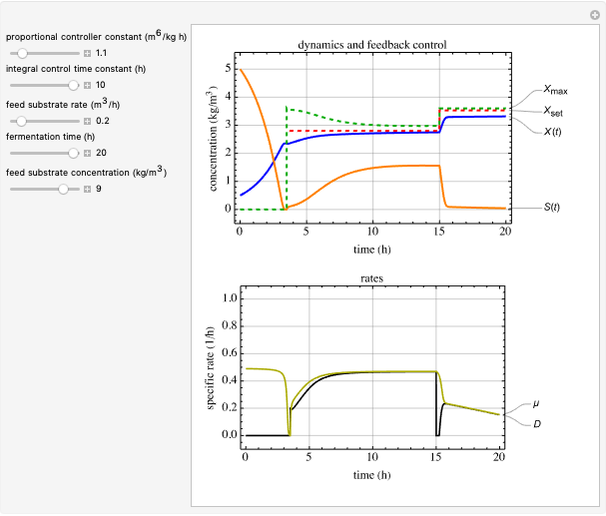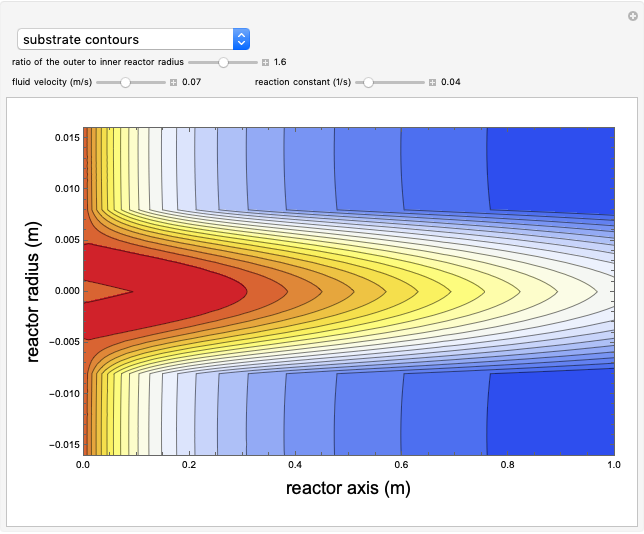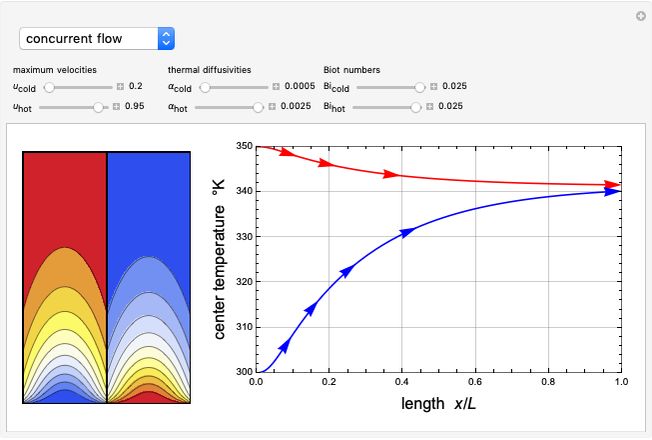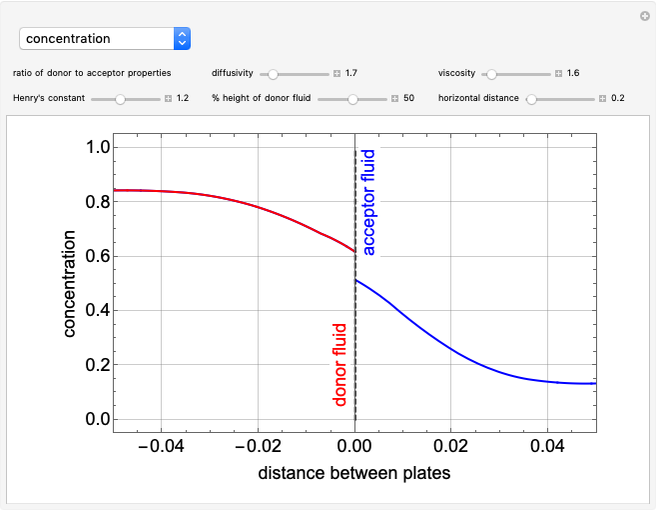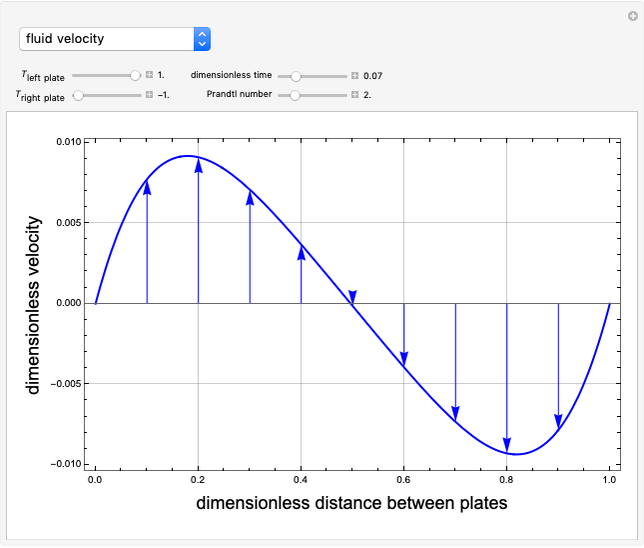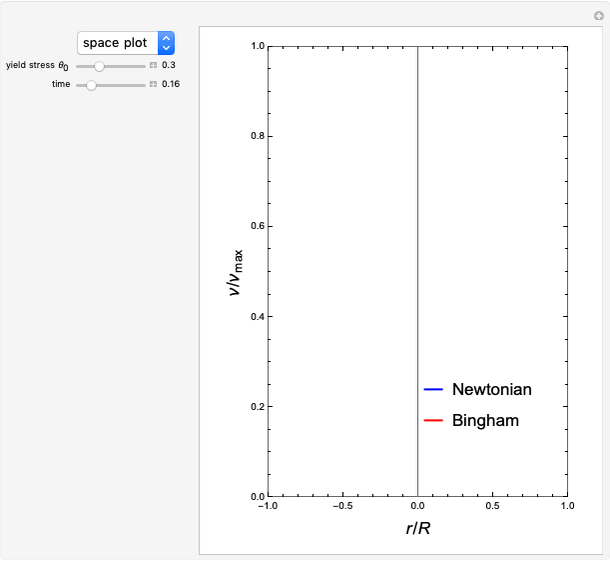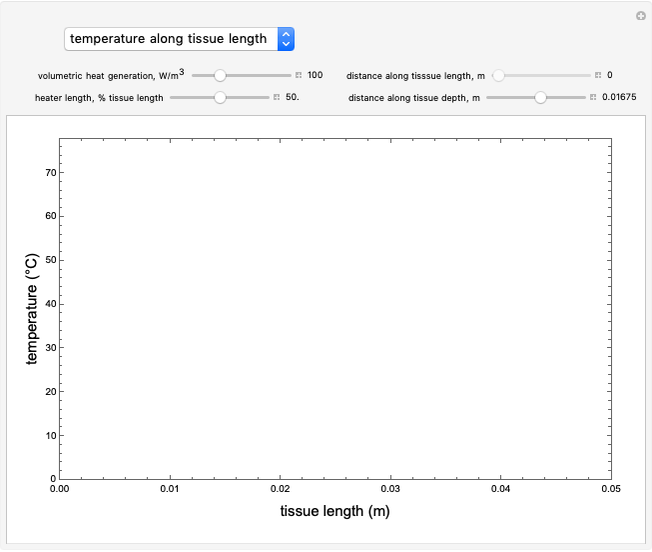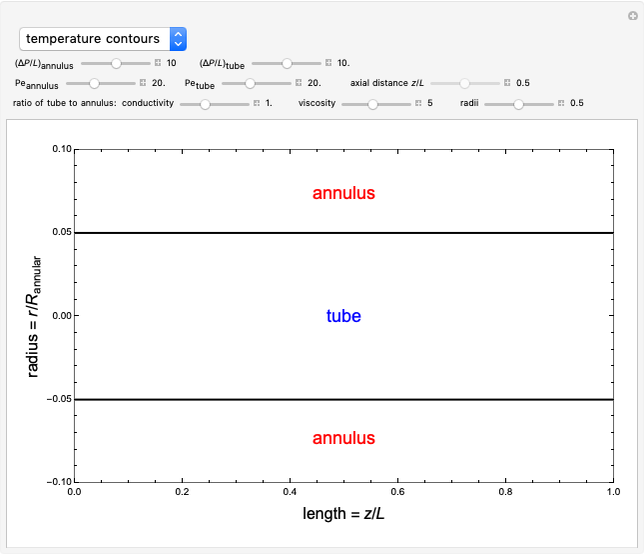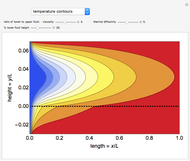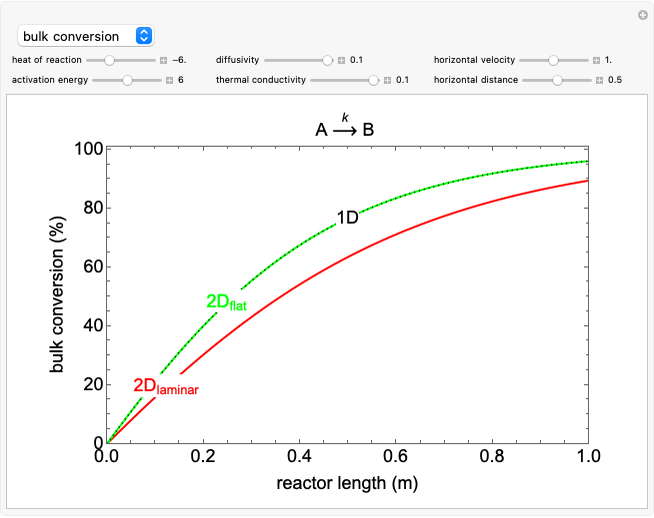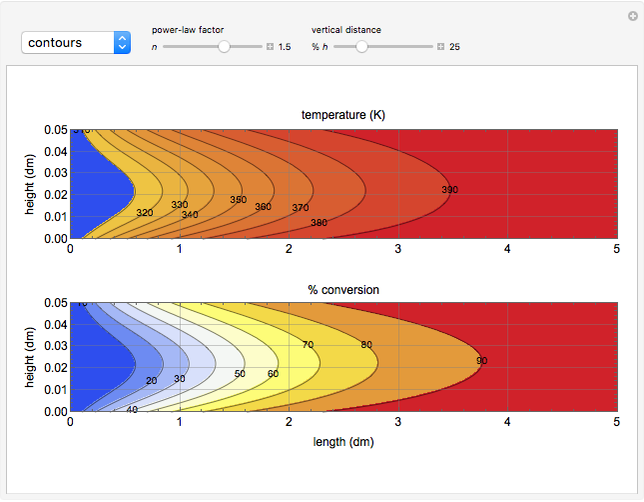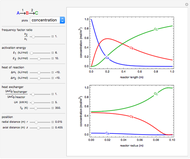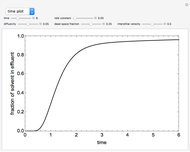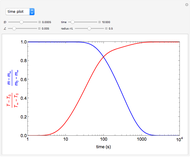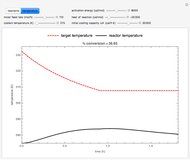Model of an Immobilized Biocatalyst Tubular Reactor

Requires a Wolfram Notebook System
Interact on desktop, mobile and cloud with the free Wolfram Player or other Wolfram Language products.
Immobilized biocatalysts are used in the manufacture of many industrial products in the pharmaceutical, chemical and food industries. This Demonstration illustrates an immobilized biocatalyst reactor composed of two concentric cylinders: the inner cylinder contains a substrate and product solution flowing in laminar flow, and the annulus is filled with an enzyme (or cells) immobilized in a porous gel. The two cylinders are separated by a semipermeable ultrathin membrane that allows passage of the substrate and product but not the biocatalyst.
Contributed by: Clay Gruesbeck (August 2022)
Open content licensed under CC BY-NC-SA
Snapshots
Details
The partial differential equation describing the steady-state substrate mass conservation in the reactor:
 ,
,
where


and

where
 and
and  stand for the inner and outer radii,
stand for the inner and outer radii,
 is the substrate,
is the substrate,
 and
and  are the axial and radial coordinates,
are the axial and radial coordinates,
 and
and  are the diffusivities of the fluids in the inner and outer cylinders,
are the diffusivities of the fluids in the inner and outer cylinders,
 is the laminar velocity in the inner tube,
is the laminar velocity in the inner tube,
 is the maximum fluid velocity,
is the maximum fluid velocity,
 is a first-order catalyzed reaction, where
is a first-order catalyzed reaction, where  is the reaction rate constant.
is the reaction rate constant.
The properties of the fluids in the two cylinders are assumed to be constant, and axial diffusion is neglected.
The integration limits are:
 , and
, and  ,
,
where  is the length of the reactor, with boundary values
is the length of the reactor, with boundary values
 ,
,

and
 .
.
The average concentrations of the substrate in the lumen and in the biocatalyst are:

and
 ,
,
respectively.
The equations are solved with the built-in Wolfram Language function NDSolve. You can use the sliders to vary the values of the fluid velocity, the reaction rate constant and the ratio of the outer to the inner radius to observe their effect on the substrate concentration in the reactor.
Permanent Citation






